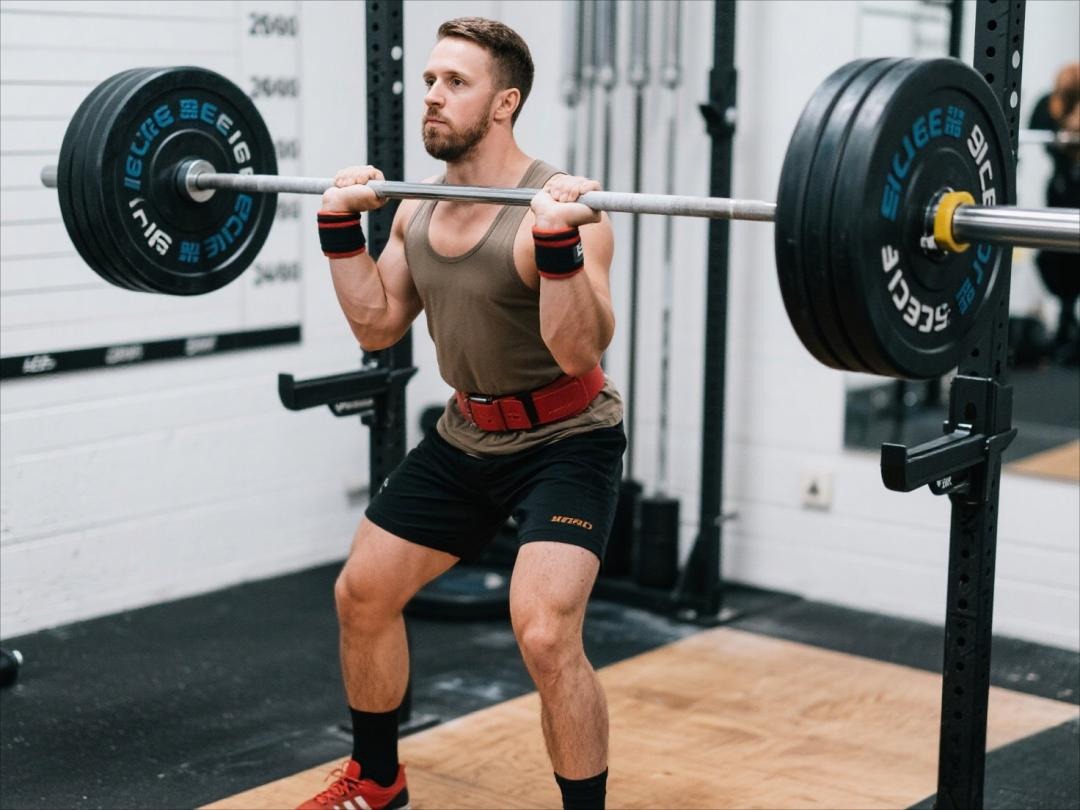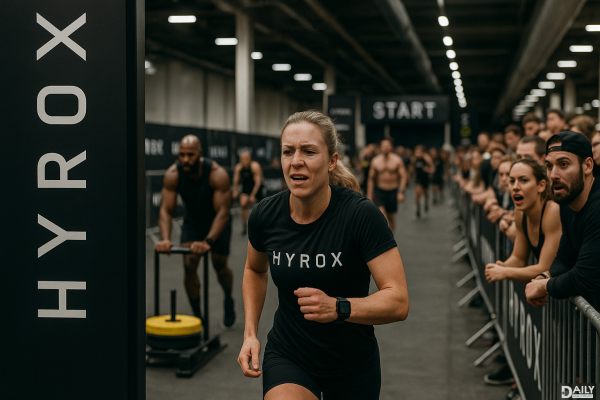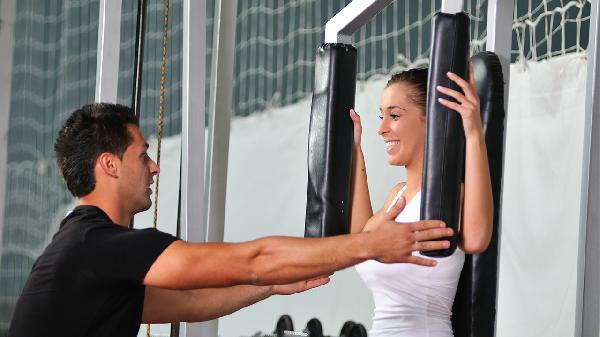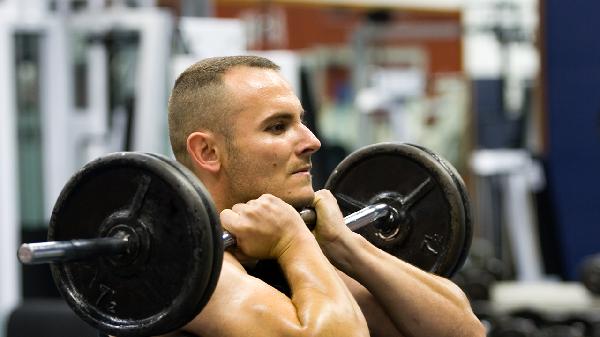Tracking and maximizing your lifting progress isn’t just about scribbling numbers in a notebook or flexing in the mirror after a good pump. It’s about creating a system that keeps you motivated, consistent, and constantly improving. Whether you’re a gym newbie or a seasoned lifter, understanding how to measure your gains and tweak your routine can take your fitness game from zero to hero in no time.

Let’s get real—tracking your lifts isn’t just about bragging rights (though, let’s be honest, hitting a new PR feels amazing). It’s about having a clear roadmap of where you’ve been and where you’re going. Without tracking, you’re basically wandering through the gym like a lost puppy, hoping you’re making progress. By logging your workouts, you can identify patterns, spot plateaus, and make informed adjustments to your routine. Plus, seeing those numbers climb over time is a surefire way to keep your motivation sky-high.
Before you go all-in on tracking, you need to know what to focus on. The big three are weight, reps, and sets—these are the bread and butter of any lifting program. But don’t stop there. Consider tracking rest times, tempo, and even how you feel during and after your workout. Are you crushing it or barely hanging on? These details can give you a fuller picture of your progress. And if you’re feeling fancy, throw in some body measurements or progress photos to see how your physique is changing over time.
Gone are the days of carrying around a crumpled piece of paper with your workout scribbled on it. These days, there’s an app for everything. From MyFitnessPal to Strong, there are plenty of options to help you log your lifts and analyze your progress. If you’re old-school, a dedicated workout journal can do the trick. The key is to find a system that works for you and stick with it. Consistency is king when it comes to tracking.
If you’re not setting goals, you’re just spinning your wheels. Whether it’s hitting a certain weight on your deadlift, adding an inch to your biceps, or simply feeling stronger and more confident, having clear goals gives your training purpose. Break them down into short-term and long-term targets, and make sure they’re realistic. There’s nothing worse than setting yourself up for failure with goals that are way out of reach.
Here’s the deal: if you’re not challenging yourself, you’re not growing. Progressive overload is the principle of gradually increasing the demands on your muscles to keep them adapting. This could mean adding more weight, doing more reps, or even tweaking your form to make the movement harder. The key is to push yourself just enough to see progress without burning out or risking injury. It’s a delicate balance, but when you get it right, the gains will come.
Hitting a plateau is like getting stuck in quicksand—it’s frustrating, demoralizing, and can make you want to throw in the towel. But don’t panic. Plateaus are a normal part of the lifting journey. The trick is to shake things up. Try switching up your routine, incorporating new exercises, or even taking a deload week to let your body recover. Sometimes, all you need is a fresh perspective to get back on track.
Here’s the thing: you don’t get stronger in the gym—you get stronger when you recover. Overtraining is a real thing, and it can derail your progress faster than you can say “rest day.” Pay attention to how your body feels. Are you sore all the time? Feeling run down? It might be time to dial it back and focus on recovery. Sleep, nutrition, and active recovery (like stretching or yoga) are all crucial pieces of the puzzle.
Progress isn’t just about the numbers on the bar. It’s about the little victories too—like finally nailing that tricky exercise or feeling more energized throughout the day. Take the time to celebrate your wins, no matter how small they seem. It’s these moments that keep you going when the going gets tough. Remember, fitness is a marathon, not a sprint.
Tracking and maximizing your lifting progress is all about being intentional with your efforts. By setting goals, staying consistent, and listening to your body, you can turn your gym sessions into a powerhouse of progress. So grab that notebook (or app), hit the weights, and watch yourself go from zero to hero. You’ve got this.
























